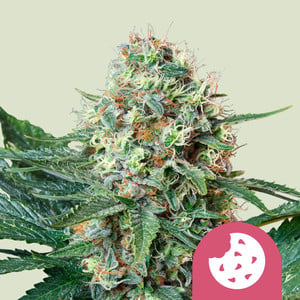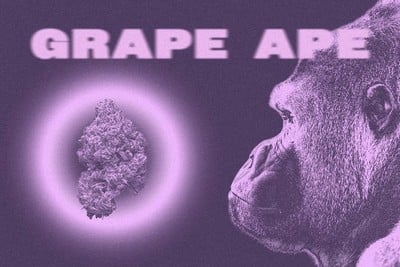.

Durban Poison Strain: Discover This Legendary Landrace
All cannabis strains have their genetic roots in landrace varieties that adapted to specific locations all across the world. Among these botanical forerunners, Durban Poison stands out as one of the most recognised. Growers and users continue to value her massive yields, stimulating high, and delicious terpenes to this day.
Durban Poison. You’ve probably heard this name before. But what exactly do you know about this cannabis strain? Below, get intimately acquainted with this legendary landrace. You’ll find out what makes Durban Poison so special, from her unique history to her complex chemical profile.
Contents:
Durban Poison: History and Genetic Lineage
Durban Poison has one of the most fascinating origins of any cannabis variety. Native to the regions surrounding the city of Durban in South Africa, this pure sativa landrace thrives in mountainous terrain. Through intentional cultivation, the variety adapted to and developed in this geographic area over generations. However, this genetic goldmine remained unknown to the outside world—until strain hunters facilitated its migration to the West.
High Times columnist and prolific cannabis author Ed Rosenthal stumbled across Durban Poison during his search for new genetics in South Africa. Rosenthal soon shared his discovery with botanist Mel Frank, and seeds from the variety ultimately ended up in the hands of Sam the Skunkman—a legendary breeder based in the European cannabis hotspot of Amsterdam.
Since this fateful union between seed and breeder, Durban Poison has contributed to the development of a variety of beloved hybrid strains. Not to mention, the landrace itself has gained immense popularity for its quintessential sativa effects.
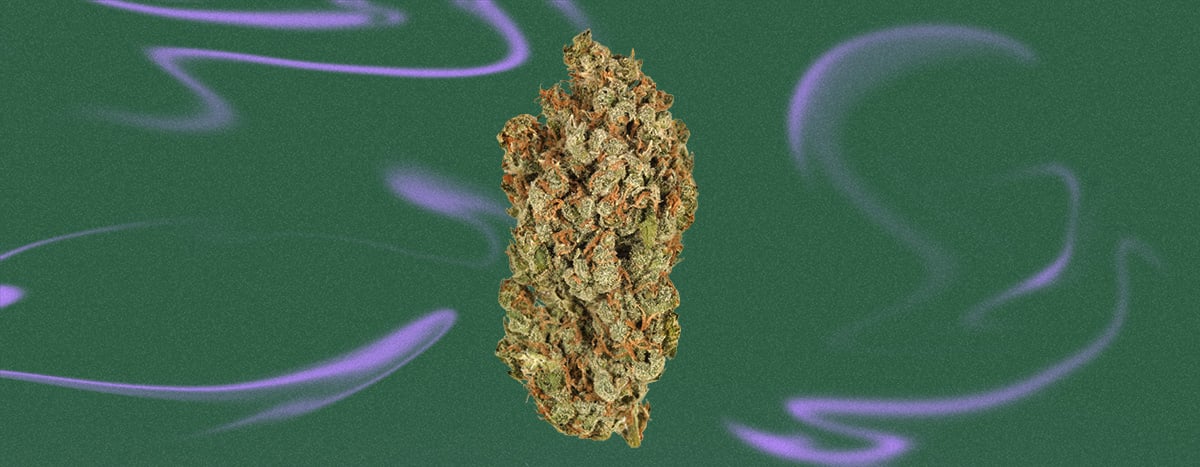
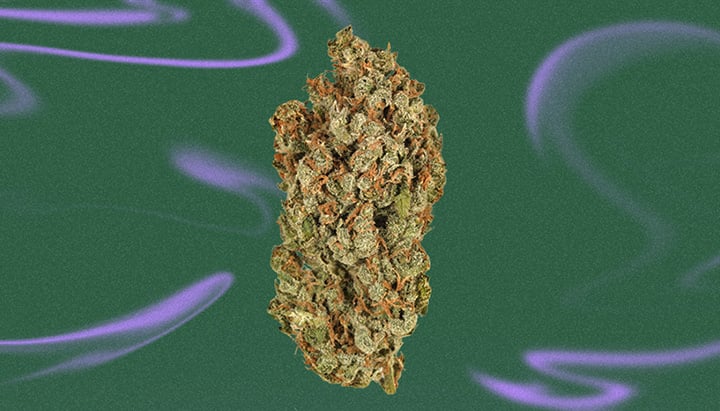
Why Did Durban Poison Rise to Fame?
As Durban Poison started to permeate Western cannabis circles, it quickly gained a reputation for its electrifying high and uncommon flavour profile. Eventually, it began to emerge on the shelves of seed banks, coffeeshops, and dispensaries.
Finally, Durban Poison cemented her name in the history books after a streak of wins on the competition circuit. She secured second place for Best Sativa Flower at the High Times Cup in 2010, and went on to secure first-place victories in the same category right up to 2018.
Effects of Durban Poison
Durban Poison exerts a quintessential sativa high. Her phytochemical cocktail of cannabinoids, terpenes, and other constituents converge to create a buzzing cerebral effect that leaves users motivated and ready for action.
This landrace makes the perfect smoke before tackling any task, from mundane spreadsheets to the physical challenges of hiking forest trails or hitting the gym. When it comes to waking and baking, Durban Poison remains one of the best choices to puff away on alongside a fresh cup of coffee. She supercharges the central nervous system, stokes creativity, and makes the perfect herbal companion when you’re in need of a pick-me-up.
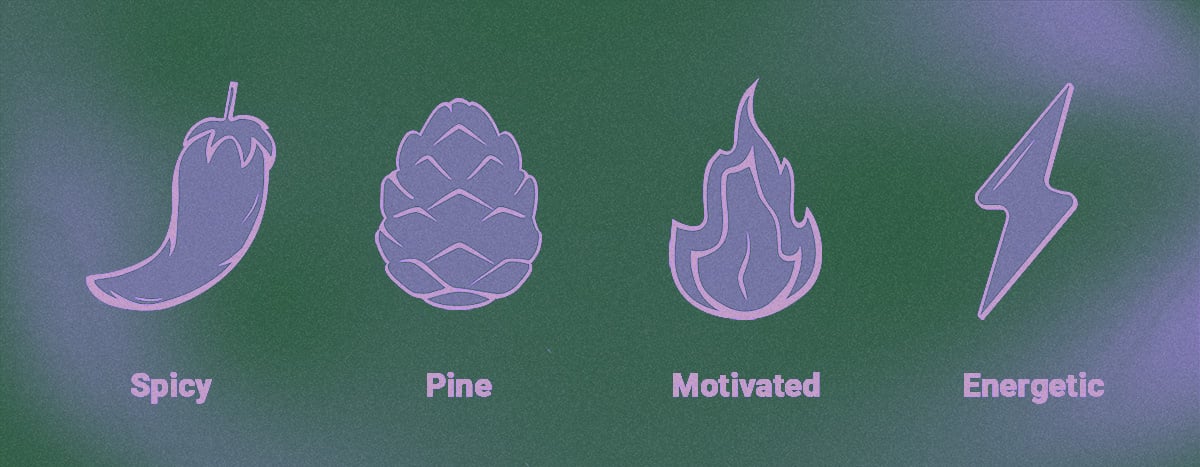

Flavour and Aroma of Durban Poison
Durban Poison starts to fill the air with a striking aroma during the flowering phase. Among the complex mix, contrasting sweet and spicy liquorice notes emerge to the fore. Notes of Skunk and Diesel also occupy the aromatic canvas, but instead of arising from terpenes, these scents are underpinned by volatile sulphur compounds that give rise to the unmistakable stench of weed.
After firing up Durban Poison flowers in a bong bowl, blunt, or joint, you’ll experience a range of flavours wash across your tongue, including notes of sweetness, earthiness, and citrus.
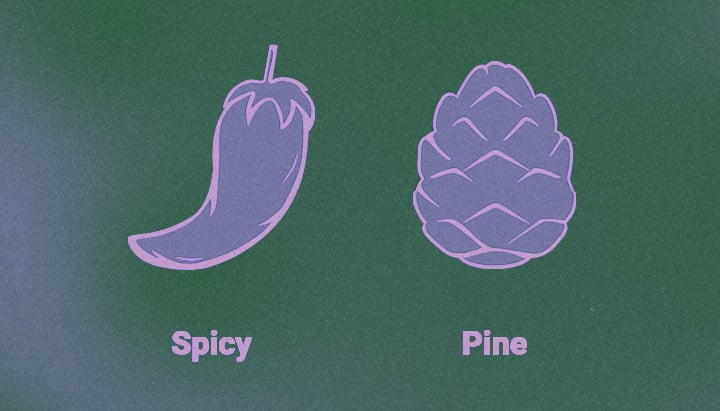
Terpene Profile of Durban Poison
Alongside high levels of THC, Durban Poison buds contain an array of aromatic terpenes. As well as contributing to the flavours and scents of this landrace, these compounds also influence the effects. Check out the three main terpenes found in Durban Poison weed:
- Terpinolene: This monoterpene contributes flavours and aromas of citrus and herbs to Durban Poison. Researchers are currently testing this compound for anti-anxiety and anti-inflammatory properties.
- Myrcene: As well as imparting tastes of sweetness, spiciness, and earthiness to Durban Poison, myrcene adds a touch of relaxation to the high.
- Ocimene: You know you’re smoking ocimene when you encounter woody and tropical flavours and odours. This terpene also adds a stimulating element to Durban flowers.
Durban Poison Growing Characteristics
If we were to sum up Durban Poison’s growth in a single word, we’d say: “tall”. This pure sativa landrace spends most of her growing cycle surging skyward. Left to her own devices, she can reach a towering height of 360cm when given enough room.
Even indoor plants will outgrow any other strain in the same grow room. If you seriously want to attempt growing this beast indoors, you’ll need to top her early and apply low-stress training to prevent her from touching the ceiling.
Realistically, these plants are best reserved for outdoor spaces. That said, plants are hard to conceal, and may not be ideal in areas where growing weed is punishable by law. Despite her mammoth size, Durban Poison charges through the flowering stage in only 8–9 weeks, allowing you to start harvesting by late September.
Due to her stature, this landrace needs plenty of nutrients to keep her going. Transplant seedlings into large containers, or directly into the ground, in soil rich in organic matter. Apply feeds of worm tea, liquid seaweed, and other organic preparations to meet her high nitrogen demands.
Come harvest time, medium–large yields of dense, aromatic buds are up for grabs.
Durban Poison Growing Difficulties
Clearly, size will be an issue for most growers relegated to the indoors. Those unprepared for her growth spurts, or without the space to accommodate them, may find themselves wrestling with the specimen.
Moreover, Durban Poison’s large and dense colas are prone to mould in excessively humid environments or areas that receive a lot of rainfall.
Top RQS Strains Descending From Durban Poison Genetics
The talented breeders at RQS have created several beloved varieties that feature Durban Poison in their genetic lineage. For example, they created Royal THCV by crossing a pure African sativa with Durban Haze—a direct descendant of Durban Poison. As her name suggests, this variety contains high levels of the cannabinoid THCV, which commonly shows up in South African sativas. Blaze these buds to experience a highly motivating and uplifting effect.
Likewise, Royal CBDV descends from Durban Poison itself, along with Solomatic CBD. The result is a strain containing 5% of CBD and CBDV, as well as a bevy of earthy and piney terps, making for a relaxing but non-intoxicating cannabis experience.
You can also trace several of our Cookies varieties back to their Durban Poison ancestor. The original Cookies cultivar stems from a cross between OG Kush and Durban Poison. We took a cut from Forum Cookies and used it to create Royal Cookies, a variety with a mammoth THC content of 23%. Despite her indica dominance, Durban Poison still shows its presence in the form of euphoric, buzzy effects.
Royal Cookies
|
|
Forum Cookies S1 |
|
|
450 - 525 gr/m2 |
|
|
80 - 110 cm |
|
|
8 - 9 weeks |
|
|
THC: 23% |
|
|
Sativa 20% Indica 80% |
|
|
450 - 500 gr/plant |
|
|
140 - 180 cm |
|
|
Middle of October |
|
|
Euphoric, Physically Relaxing |
Durban Poison: A Towering and Energising Landrace
Now you can see why Durban Poison gained such a name for herself. This massive pure sativa landrace achieves a huge size, and with it, huge flavours and effects. Her high levels of THC and tasty combination of terpenes serve up an energising effect that most cannabis users quickly take a liking to. Considering you have the space to spare, this variety will keep your stash jars filled for months to come.


























